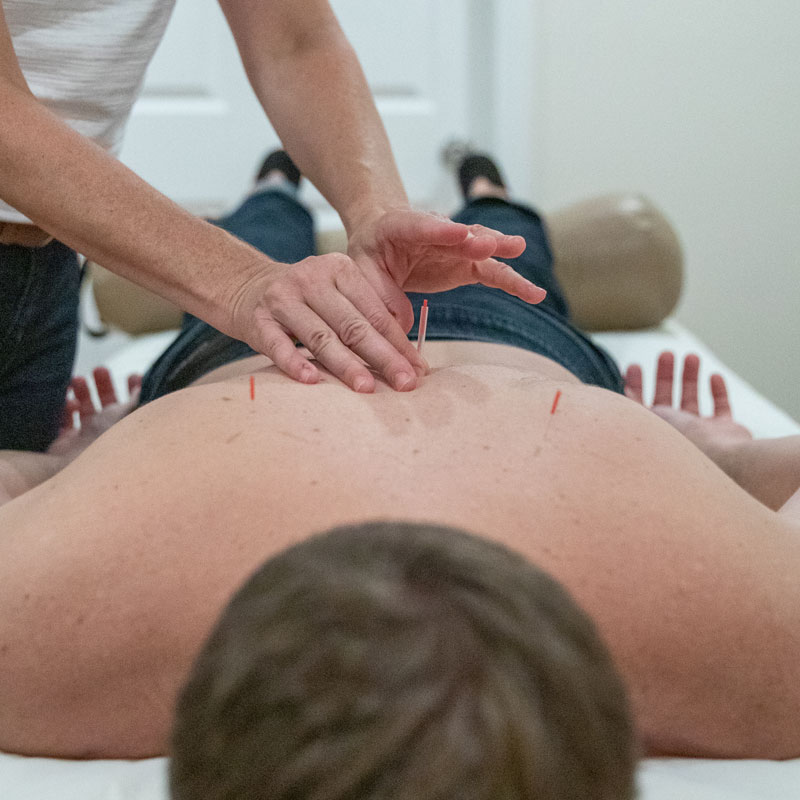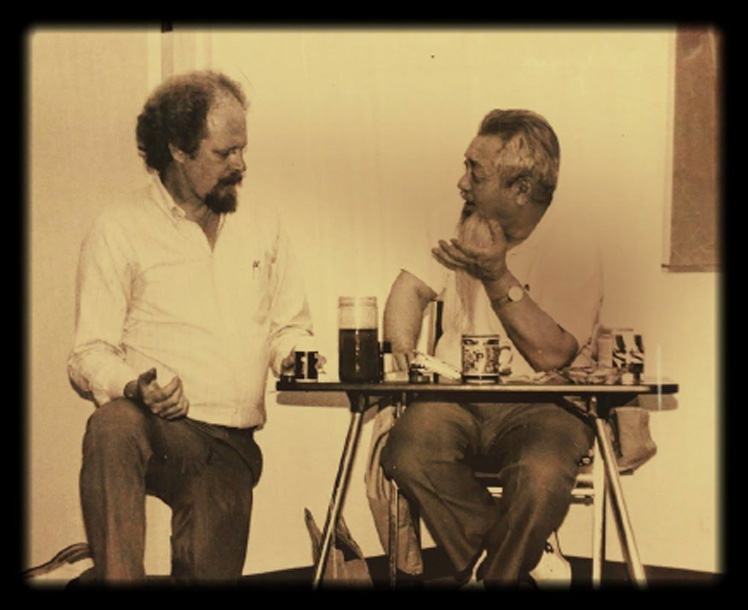An acupuncture mentor facilitates in the student an embodied experience of the nature of life (Qi), laying out a map of body/mind and it’s energetics, with patience and clear landmarks, trusting that a dedicated student, through years of clinical practice, will fill in the details, and find their own way. I am so grateful to have had this experience. - Maegan

Kototama Inochi Medicine

Kototama Inochi Medicine combines Traditional Japanese Acupuncture (TJM), pulse diagnosis, manual therapy, and the Kototama principle. Masahilo Nakazono, the originator of this style of Japanese traditional medicine, spent many years studying the art of natural medicine, martial arts and the Kototama principle.
All that exists, manifest and unmanifest, is in our spirit. It exists in our being, both conscious and unconscious, in Naka-ima (here-now).
- My Past Way of the Budo, Mikoto Masahilo Nakazono, Sensei
Kototama treatments go beyond the standard acupuncture treatment, including Japanese Bodywork (Te a te), primarily Anma and Shiatsu (Five Element Bodywork) into each treatment. Pulses are taken and the abdomen is palpated throughout each session, giving direct feedback about the efficacy of the treatment. Over time, this style cultivates a level of connection to the Self that facilitates an awareness of our intrinsic wholeness.
Nagano Style Acupuncture
For over 50 years, Master Kiyoshi Nagano, a blind Acupuncturist from Japan, used his extraordinary palpation and pulse diagnostic skills to develop unique acupuncture strategies. Master Nagano mentored two exceptional Japanese acupuncturists: Kiiko Matsumoto and Tsuyoshi Shimamura. Shimamura sensei was fortunate to undertake a live-in apprenticeship with Master Nagano. He now runs clinics in Hiroshima and Ooita, Japan.
Shima Sensei calls his style: Te A Te Hari. Te A Te means “laying a hand”, “treatment”.
Hari = Needle. He believes that actual treatment can start by touching a patient.
The core teaching of Master Nagano relates to Stomach Qi, also called Postnatal Qi. Postnatal Qi arises, and refreshes itself, from what we put into our bodies. This includes food, fluids and breath, but also our emotions and experiences. If we protect and support our Stomach Qi, we preserve our deeper reserves, which act as a savings account for our system.
Resources:
Natural Life Therapy Clinic: ntlclinic.com
Wisdom of Master Nagano: pdxtjmseminars.com
Tsuyoshi Shimamura: Qiology.com
Farrell, Y. R. (2021). Acupuncture for surviving adversity: Acts of self-preservation. Singing Dragon.

